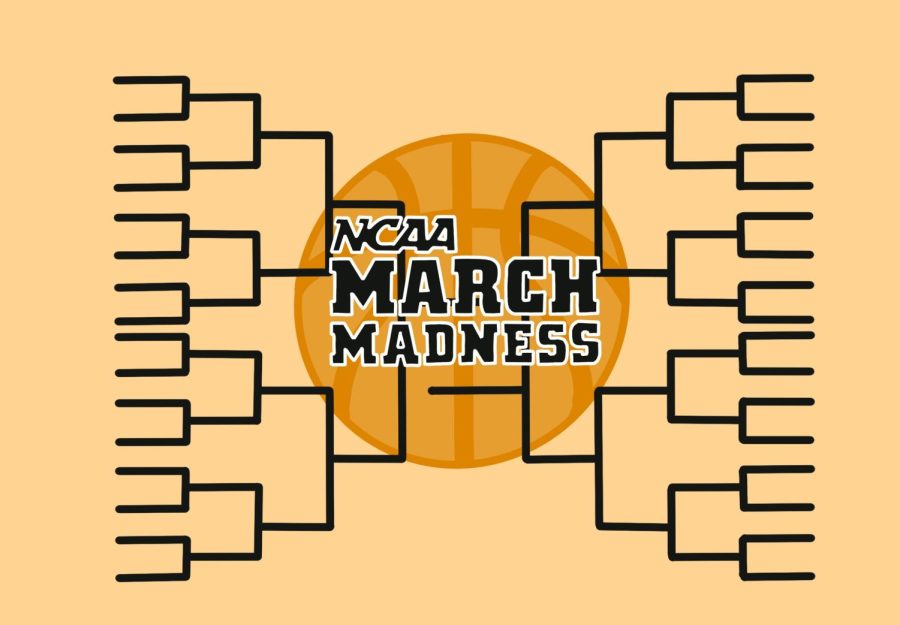MMM: March Madness Manual
As the March Madness season starts to come to an end, reflect on the patterns and upsets to predict next years bracket.
March 29, 2023
According to Rookie Road, “March Madness is an annual NCAA Division I basketball tournament that takes place from the middle of March through the beginning of April. The tournament pits the country’s best 68 college basketball teams against one another in six rounds of competition (plus a play-in round) to determine who will be that year’s National Champion.” People around the United States fill out brackets and enter them into competitions for potential cash winnings.
This article is meant to provide suggestions and instructions on how to fill out a competitive March Madness bracket. But do not have your perfect bracket hopes too high, because according to the NCAA, “The chances of having a perfect men’s NCAA tournament bracket are so small that we’re talking a 1 in 120.2 billion chance.”
Stay biased to teams overall records. Too often the general focus is on the overall record of a team and not enough on who those wins and losses came against. Make sure to take the time to see how a team has done against the country’s other top teams.
Do not pick too many upsets. Picking too many upsets is THE upset that eliminates many brackets. Many bracket pool players get too risky with their picks in the earlier rounds.
Predicting correct late-round picks will excel you in most bracket scoring systems. However, the loss of a highly seeded team can hinder your odds.
Although, upsets should be sprinkled throughout the bracket. According to Boyds Bets, “The majority of first round upsets come in games involving teams seeded 5-8… You definitely want to have at least one No. 7 falling to a No. 10. On average, this happens at least once each season.”
The NCAA, provides a credible breakdown on how and where to predict potential upsets throughout the sections of the bracket. Upsets have ranged from 4 (2007) to 19 (2014). According to the NCAA, “If you want to play it somewhat safe… then nine is a good number to try to hit. There have only been three years in the last 36 NCAA tournaments in which there were fewer than nine upsets in a single NCAA tournament.”
Handicap No. 1 seeds into the Sweet 16. According to Bleacher Report, “A No. 16 seed has never beaten a No. 1 seed. Very few times has an eight or nine seed beat a one seed.” So, your safest bet due to past analysis acknowledgement is to place these more convenient No. 1 seeds into the Sweet 16.
Focus on teams who finished their regular season strong. Chances are they will carry over that momentum into the NCAA tournament. Rarely will a team who struggled during their final games make it deep into the tournament.
Do not bet on the underdog as your champion. Don’t try to find the longshot or underdog winner. Just take one of the top 10 teams and run with it. According to Boyds Bets, “A No. 1 has lost to a No. 16 just once and rarely does a No. 2 go down to a No. 15. Do yourself a favor and avoid picking first round upsets with a No. 1 or No. 2 involved.”









